1. Dolphins – The Masters of Half-Asleep Swimming

If dolphins completely fell asleep like us, they’d literally drown—so instead, they keep half their brain awake to continue swimming and breathing. While one side of their brain rests, the other stays alert for predators, obstacles, and annoying tourists on jet skis. Every couple of hours, they switch sides, making sure both halves get enough rest while they keep cruising through the ocean like aquatic insomniacs. They even sleep with one eye open, which is the ultimate power move in the animal kingdom. Imagine being able to take a nap while still staying conscious enough to function—sounds like something every sleep-deprived college student would kill for.
2. Ducks – The Feathered Sleep Security System
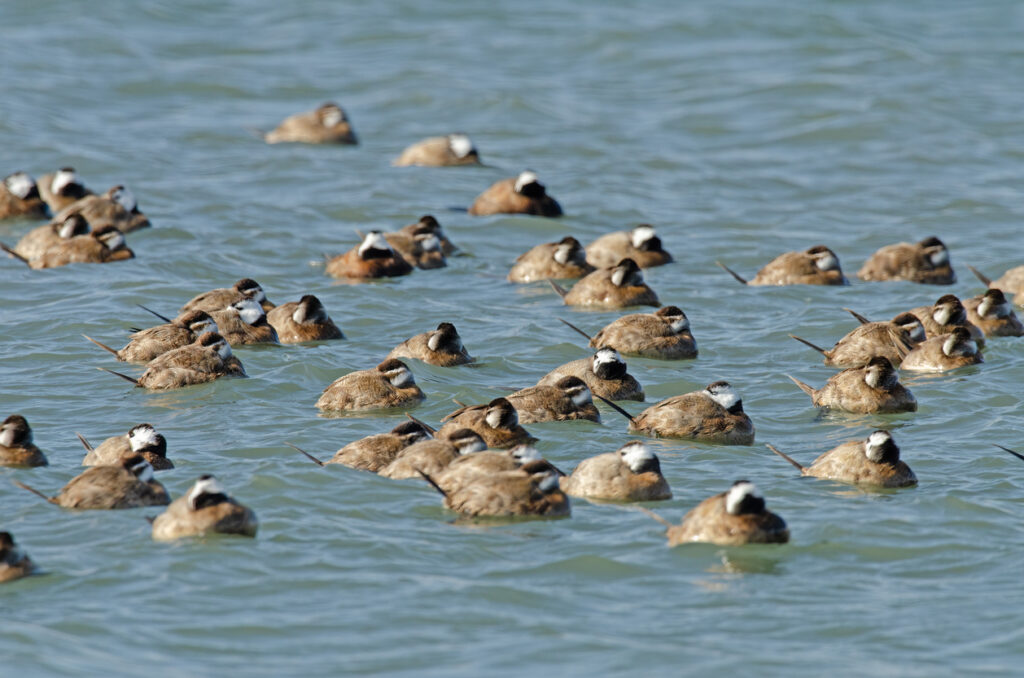
Ducks have mastered the art of team-based sleeping, because when you live in a pond full of sneaky predators, you can’t afford to snooze completely. If they’re sleeping in a group, the ducks in the middle sleep fully, while the ones on the edges use unihemispheric sleep to keep an eye out for danger. And yes, they literally sleep with one eye open—not because they’re paranoid, but because being lunch is a real concern. If a predator approaches, the half-awake duck can react in an instant, giving the whole squad a chance to escape. It’s basically the avian version of taking shifts at a security post, except instead of getting paid, they just don’t get eaten.
3. Whales – Big Brains, Bigger Sleep Hacks
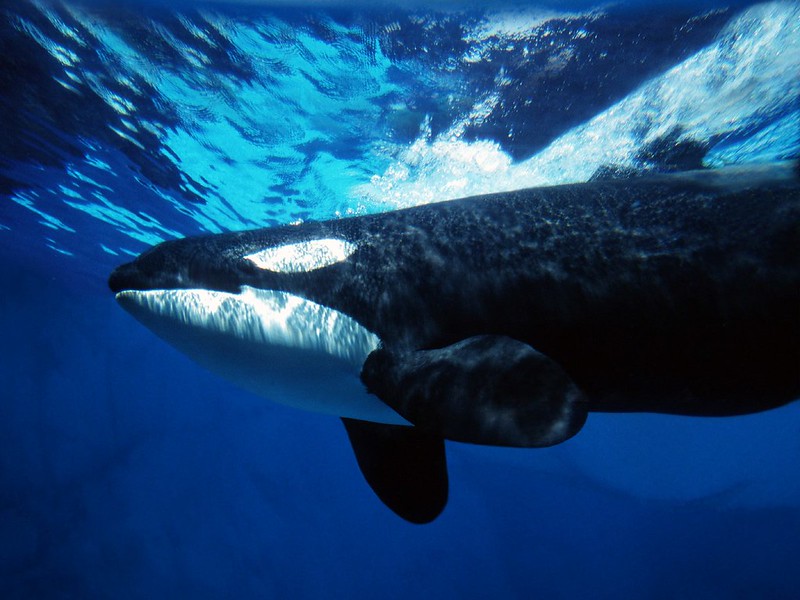
Like their dolphin cousins, whales never fully shut down their brains, because doing so would mean accidental drowning. Since they’re too big to hide from predators, their half-awake state is mostly about making sure they can surface to breathe while their bodies rest. Some species, like sperm whales, have been seen napping vertically near the surface, looking like a bunch of giant, floating logs. Others, like belugas, swim in slow motion while one half of their brain catches some Z’s. Imagine being able to sleep while still going to work or driving your car—whales are basically living proof that multitasking is possible… if you have a massive brain.
4. Crocodiles – The Ultimate Sleep Paranoids
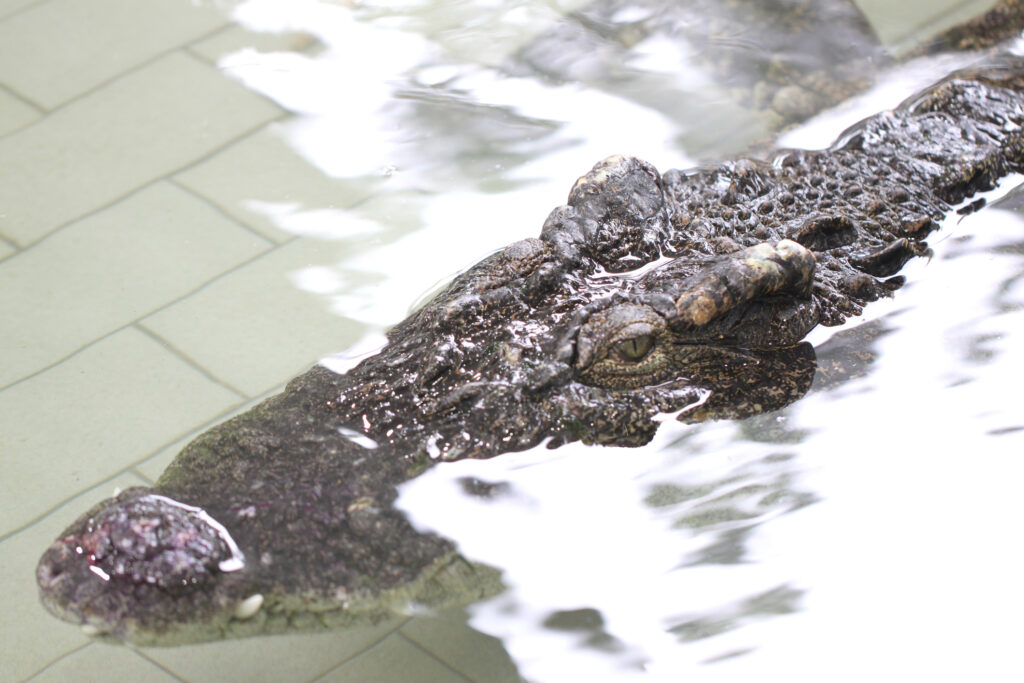
If you thought sleeping with one eye open was just a phrase, crocodiles prove it’s a real-life survival strategy. Research shows that these prehistoric nightmares engage in unihemispheric sleep, keeping one side of their brain on high alert while the other half rests. This means that if you ever try to sneak up on a sleeping croc (not recommended), there’s a 50% chance it’s already watching you. Scientists even tested this by walking near sleeping crocs, and sure enough—their one open eye followed the movement. In other words, if you’ve ever felt like someone was watching you while you sleep… just be glad you’re not a crocodile.
5. Sea Lions – The Sleep Gymnasts of the Ocean
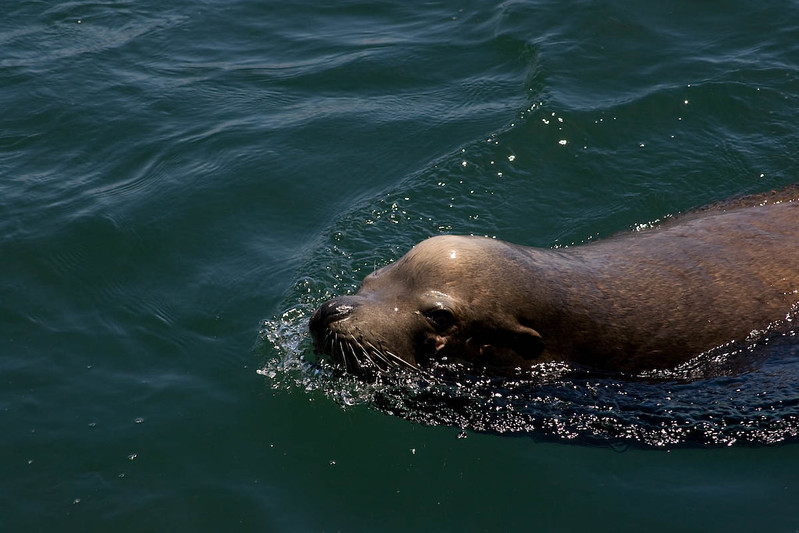
Sea lions don’t always use unihemispheric sleep, but when they’re floating in the ocean, it’s their go-to survival trick. Instead of completely knocking out, they keep one side of their brain awake so they can continue paddling and breathing without sinking. This is called “rafting”, and if you’ve ever seen a bunch of sea lions floating like lazy logs, there’s a good chance they’re half-asleep while doing it. When they’re on land, though? They fully conk out like exhausted beachgoers after a long day. Basically, sea lions have the best of both worlds—they can nap like pros on land and sleep like functional insomniacs in the water.
6. Iguanas – The Unexpected Half-Brain Sleepers
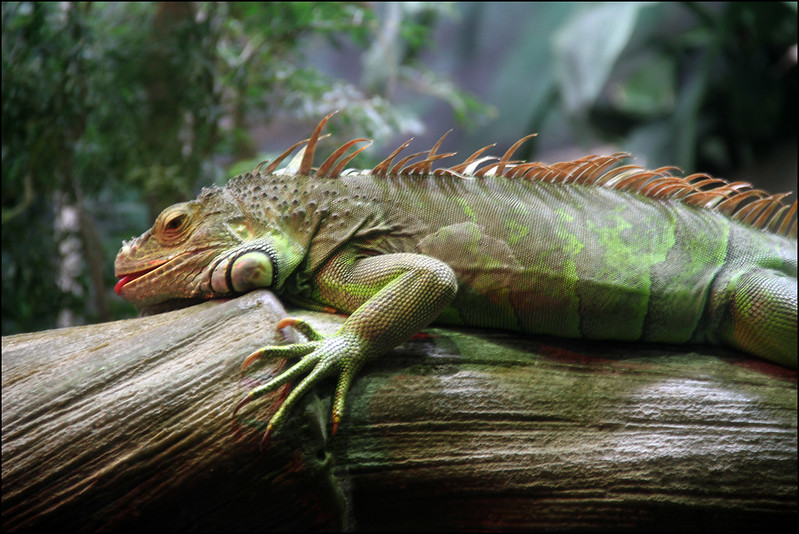
You wouldn’t expect reptiles to have this weird sleep trick, but iguanas can also sleep with one eye open thanks to unihemispheric slow-wave sleep. Scientists discovered this by watching them nap, only to realize that one side of their brain was still actively processing movement. This makes perfect sense when you consider that iguanas spend most of their time lounging in trees, where a single bad nap could mean falling straight into a predator’s mouth. Keeping half the brain awake lets them stay alert while still resting, which is a pretty genius move for a creature that spends most of its time sunbathing. Next time you see an iguana relaxing on a branch, just know—it’s probably only half asleep, and it definitely sees you.
7. Great Frigatebirds – The Ultimate Power Nappers
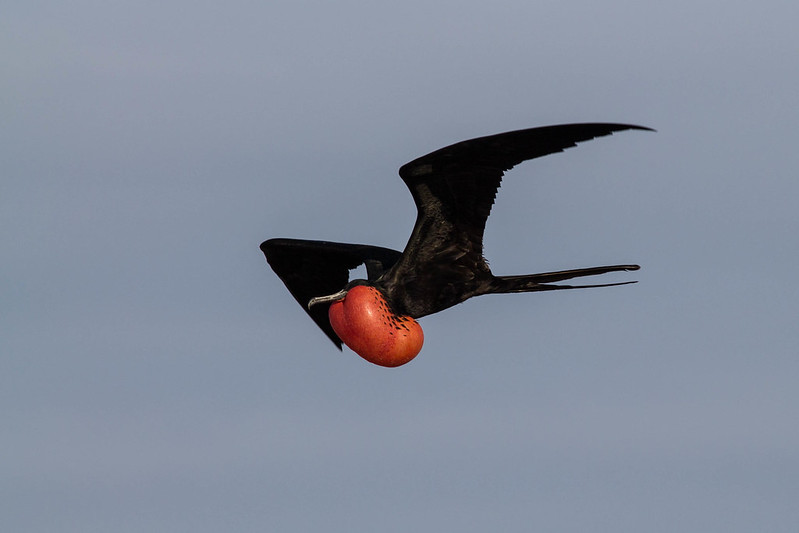
Imagine flying for weeks without landing—that’s the reality for great frigatebirds, which somehow manage to sleep while soaring thousands of feet in the air. Scientists put brain monitors on these birds and found that they use unihemispheric sleep to catch quick power naps while still flying. Even crazier? They can survive on just 42 minutes of sleep per day while on long journeys, proving that nature has blessed them with some next-level endurance. If humans tried this, we’d probably fall out of the sky in about five minutes, but frigatebirds make it look easy. If there were an Olympic event for extreme multitasking, these birds would take the gold.


